HSBC 2004 Annual Report Download - page 139
Download and view the complete annual report
Please find page 139 of the 2004 HSBC annual report below. You can navigate through the pages in the report by either clicking on the pages listed below, or by using the keyword search tool below to find specific information within the annual report.-
 1
1 -
 2
2 -
 3
3 -
 4
4 -
 5
5 -
 6
6 -
 7
7 -
 8
8 -
 9
9 -
 10
10 -
 11
11 -
 12
12 -
 13
13 -
 14
14 -
 15
15 -
 16
16 -
 17
17 -
 18
18 -
 19
19 -
 20
20 -
 21
21 -
 22
22 -
 23
23 -
 24
24 -
 25
25 -
 26
26 -
 27
27 -
 28
28 -
 29
29 -
 30
30 -
 31
31 -
 32
32 -
 33
33 -
 34
34 -
 35
35 -
 36
36 -
 37
37 -
 38
38 -
 39
39 -
 40
40 -
 41
41 -
 42
42 -
 43
43 -
 44
44 -
 45
45 -
 46
46 -
 47
47 -
 48
48 -
 49
49 -
 50
50 -
 51
51 -
 52
52 -
 53
53 -
 54
54 -
 55
55 -
 56
56 -
 57
57 -
 58
58 -
 59
59 -
 60
60 -
 61
61 -
 62
62 -
 63
63 -
 64
64 -
 65
65 -
 66
66 -
 67
67 -
 68
68 -
 69
69 -
 70
70 -
 71
71 -
 72
72 -
 73
73 -
 74
74 -
 75
75 -
 76
76 -
 77
77 -
 78
78 -
 79
79 -
 80
80 -
 81
81 -
 82
82 -
 83
83 -
 84
84 -
 85
85 -
 86
86 -
 87
87 -
 88
88 -
 89
89 -
 90
90 -
 91
91 -
 92
92 -
 93
93 -
 94
94 -
 95
95 -
 96
96 -
 97
97 -
 98
98 -
 99
99 -
 100
100 -
 101
101 -
 102
102 -
 103
103 -
 104
104 -
 105
105 -
 106
106 -
 107
107 -
 108
108 -
 109
109 -
 110
110 -
 111
111 -
 112
112 -
 113
113 -
 114
114 -
 115
115 -
 116
116 -
 117
117 -
 118
118 -
 119
119 -
 120
120 -
 121
121 -
 122
122 -
 123
123 -
 124
124 -
 125
125 -
 126
126 -
 127
127 -
 128
128 -
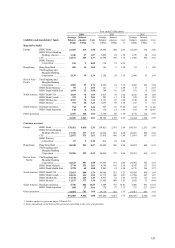 129
129 -
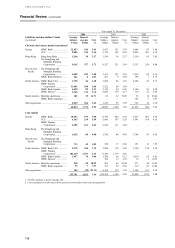 130
130 -
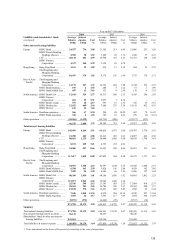 131
131 -
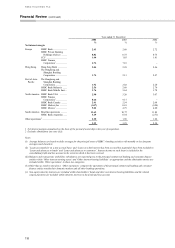 132
132 -
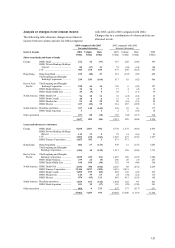 133
133 -
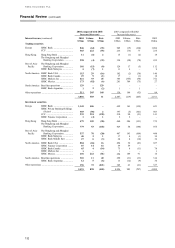 134
134 -
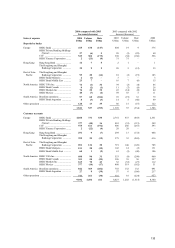 135
135 -
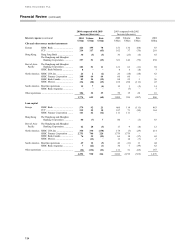 136
136 -
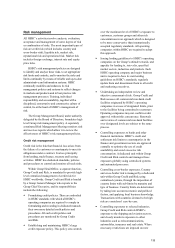 137
137 -
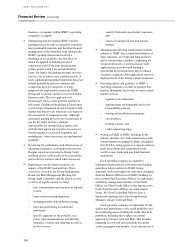 138
138 -
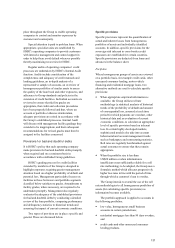 139
139 -
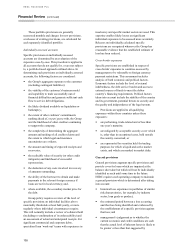 140
140 -
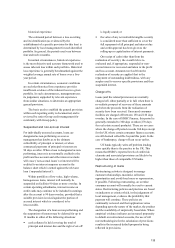 141
141 -
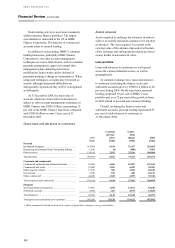 142
142 -
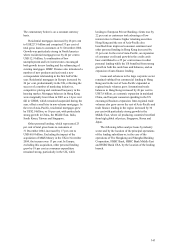 143
143 -
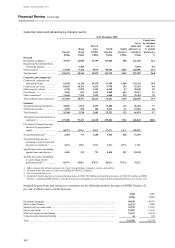 144
144 -
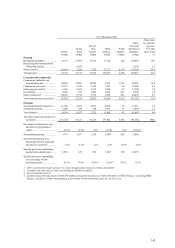 145
145 -
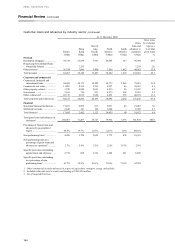 146
146 -
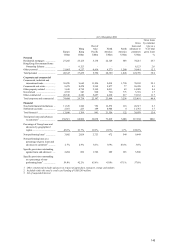 147
147 -
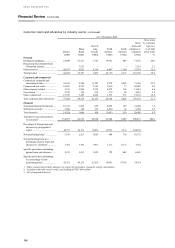 148
148 -
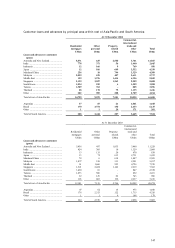 149
149 -
 150
150 -
 151
151 -
 152
152 -
 153
153 -
 154
154 -
 155
155 -
 156
156 -
 157
157 -
 158
158 -
 159
159 -
 160
160 -
 161
161 -
 162
162 -
 163
163 -
 164
164 -
 165
165 -
 166
166 -
 167
167 -
 168
168 -
 169
169 -
 170
170 -
 171
171 -
 172
172 -
 173
173 -
 174
174 -
 175
175 -
 176
176 -
 177
177 -
 178
178 -
 179
179 -
 180
180 -
 181
181 -
 182
182 -
 183
183 -
 184
184 -
 185
185 -
 186
186 -
 187
187 -
 188
188 -
 189
189 -
 190
190 -
 191
191 -
 192
192 -
 193
193 -
 194
194 -
 195
195 -
 196
196 -
 197
197 -
 198
198 -
 199
199 -
 200
200 -
 201
201 -
 202
202 -
 203
203 -
 204
204 -
 205
205 -
 206
206 -
 207
207 -
 208
208 -
 209
209 -
 210
210 -
 211
211 -
 212
212 -
 213
213 -
 214
214 -
 215
215 -
 216
216 -
 217
217 -
 218
218 -
 219
219 -
 220
220 -
 221
221 -
 222
222 -
 223
223 -
 224
224 -
 225
225 -
 226
226 -
 227
227 -
 228
228 -
 229
229 -
 230
230 -
 231
231 -
 232
232 -
 233
233 -
 234
234 -
 235
235 -
 236
236 -
 237
237 -
 238
238 -
 239
239 -
 240
240 -
 241
241 -
 242
242 -
 243
243 -
 244
244 -
 245
245 -
 246
246 -
 247
247 -
 248
248 -
 249
249 -
 250
250 -
 251
251 -
 252
252 -
 253
253 -
 254
254 -
 255
255 -
 256
256 -
 257
257 -
 258
258 -
 259
259 -
 260
260 -
 261
261 -
 262
262 -
 263
263 -
 264
264 -
 265
265 -
 266
266 -
 267
267 -
 268
268 -
 269
269 -
 270
270 -
 271
271 -
 272
272 -
 273
273 -
 274
274 -
 275
275 -
 276
276 -
 277
277 -
 278
278 -
 279
279 -
 280
280 -
 281
281 -
 282
282 -
 283
283 -
 284
284 -
 285
285 -
 286
286 -
 287
287 -
 288
288 -
 289
289 -
 290
290 -
 291
291 -
 292
292 -
 293
293 -
 294
294 -
 295
295 -
 296
296 -
 297
297 -
 298
298 -
 299
299 -
 300
300 -
 301
301 -
 302
302 -
 303
303 -
 304
304 -
 305
305 -
 306
306 -
 307
307 -
 308
308 -
 309
309 -
 310
310 -
 311
311 -
 312
312 -
 313
313 -
 314
314 -
 315
315 -
 316
316 -
 317
317 -
 318
318 -
 319
319 -
 320
320 -
 321
321 -
 322
322 -
 323
323 -
 324
324 -
 325
325 -
 326
326 -
 327
327 -
 328
328 -
 329
329 -
 330
330 -
 331
331 -
 332
332 -
 333
333 -
 334
334 -
 335
335 -
 336
336 -
 337
337 -
 338
338 -
 339
339 -
 340
340 -
 341
341 -
 342
342 -
 343
343 -
 344
344 -
 345
345 -
 346
346 -
 347
347 -
 348
348 -
 349
349 -
 350
350 -
 351
351 -
 352
352 -
 353
353 -
 354
354 -
 355
355 -
 356
356 -
 357
357 -
 358
358 -
 359
359 -
 360
360 -
 361
361 -
 362
362 -
 363
363 -
 364
364 -
 365
365 -
 366
366 -
 367
367 -
 368
368 -
 369
369 -
 370
370 -
 371
371 -
 372
372 -
 373
373 -
 374
374 -
 375
375 -
 376
376 -
 377
377 -
 378
378
 |
 |
137
place throughout the Group to enable operating
companies to control and monitor exposures by
customer and counterparty.
Special attention is paid to problem loans. When
appropriate, specialist units are established by
HSBC’s operating companies to provide customers
with intensive management and control support in
order to help them avoid default wherever possible
thereby maximising recoveries for HSBC.
Regular audits of operating companies’ credit
processes are undertaken by HSBC’ s Internal Audit
function. Audits include consideration of the
completeness and adequacy of credit manuals and
lending guidelines, an in-depth analysis of a
representative sample of accounts, an overview of
homogeneous portfolios of similar assets to assess
the quality of the loan book and other exposures, and
adherence to Group standards and policies in the
extension of credit facilities. Individual accounts are
reviewed to ensure that facility grades are
appropriate, that credit and collection procedures
have been properly followed and that, where an
account or portfolio evidences deterioration,
adequate provisions are raised in accordance with
the Group’ s established processes. Internal Audit
will discuss with management facility gradings they
consider to be inappropriate, and their subsequent
recommendations for revised grades must then be
assigned to the facilities concerned.
Provisions for bad and doubtful debts
It is HSBC’ s policy that each operating company
make provision for bad and doubtful debts promptly
when required and on a consistent basis in
accordance with established Group guidelines.
HSBC’s grading process for credit facilities
extended by members of the Group is designed to
highlight exposures requiring greater management
attention based on a higher probability of default and
potential loss. Management particularly focuses on
facilities to those borrowers and portfolio segments
classified below satisfactory grades. Amendments to
facility grades, where necessary, are required to be
undertaken promptly. Management also regularly
evaluates the adequacy of the established provisions
for bad and doubtful debts by conducting a detailed
review of the loan portfolio, comparing performance
and delinquency statistics to historical trends and
assessing the impact of current economic conditions.
Two types of provision are in place: specific and
general. These are discussed below.
Specific provisions
Specific provisions represent the quantification of
actual and inherent losses from homogeneous
portfolios of assets and individually identified
accounts. In addition, specific provisions for the
sovereign risk inherent in cross-border credit
exposures are established for certain countries.
Specific provisions are deducted from loans and
advances in the balance sheet.
Portfolios
Where homogeneous groups of assets are reviewed
on a portfolio basis, for example credit cards, other
unsecured consumer lending, motor vehicle
financing and residential mortgage loans, two
alternative methods are used to calculate specific
provisions:
• When appropriate empirical information is
available, the Group utilises roll rate
methodology (a statistical analysis of historical
trends of the probability of default and amount
of consequential loss, assessed at each time
period for which payments are overdue), other
historical data and an evaluation of current
economic conditions, to calculate an appropriate
level of specific provision based on inherent
loss. In certain highly developed markets,
sophisticated models also take into account
behavioural and account management trends
such as bankruptcy and restructuring statistics.
Roll rates are regularly benchmarked against
actual outcomes to ensure that they remain
appropriate.
• When the portfolio size is less than
US$20 million or when information is
insufficient or not sufficiently reliable for a roll
rate methodology to be adopted, the Group uses a
formulaic method which allocates progressively
higher loss rates in line with the period of time
through which a customer’ s loan is overdue.
The Group intends to extend the use of the roll
rate methodologies to all homogeneous portfolios of
assets (for calculating specific provisions) as
information becomes available.
The portfolio approach is applied to accounts in
the following portfolios:
• low value, homogeneous small business
accounts in certain jurisdictions;
• residential mortgages less than 90 days overdue;
and
• credit cards and other unsecured consumer
lending products.
